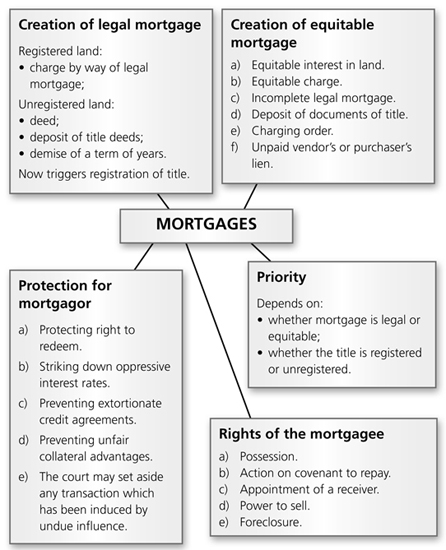
Conveyance legal definition free#
It is part of the role of person providing the conveyancing services to ensure that the property is transferred or “conveyed” to the new owner free of any other interests. The bank has an “interest” in the land, and is entitled to sell that interest in order to recover the loan money.Ī mortgage is just one form of interest a person can have in real estate, but there are many others, such as caveats, easementsĪnd covenants. If a bank lends money, and accepts real estate as security for the loan in the form of a mortgage, it doesn’t matter if the owner of the real estate flees the country and refuses to repay the loan. These features make real estate extremely valuable, and they also mean that real estate represents one of the best forms of security. It cannot be moved, or hidden or destroyed. To properly understand the concept of conveyancing, and why a simple conveyancing transaction can become extremely complex, we must first examine the nature of real estate itself.Ĭonveyancing Is About Real Estate Interests


While the definition of conveyancing is simple enough, the fact that conveyancing is a legal procedure does introduce a number of complexities. What Is Conveyancing? Conveyancing Is Transferring Ownership – But There’s More!Ĭonveyancing is the process of transferring the legal ownership of real estate from one person to another. Many consumers experience legal and financial trouble simply because they do not understand the difference between the pre-sale legal procedures and the post-sale conveyancing process. On this page you will find out, not only what conveyancing is, but also what conveyancing is not. In fact, conveyancing is only one part of this procedure.

Conveyancing is a term used to describe the whole of the process of putting a property on the market, concluding an agreement to sell and buy, and then transferring ownership of the property from the vendor to the purchaser.


 0 kommentar(er)
0 kommentar(er)
